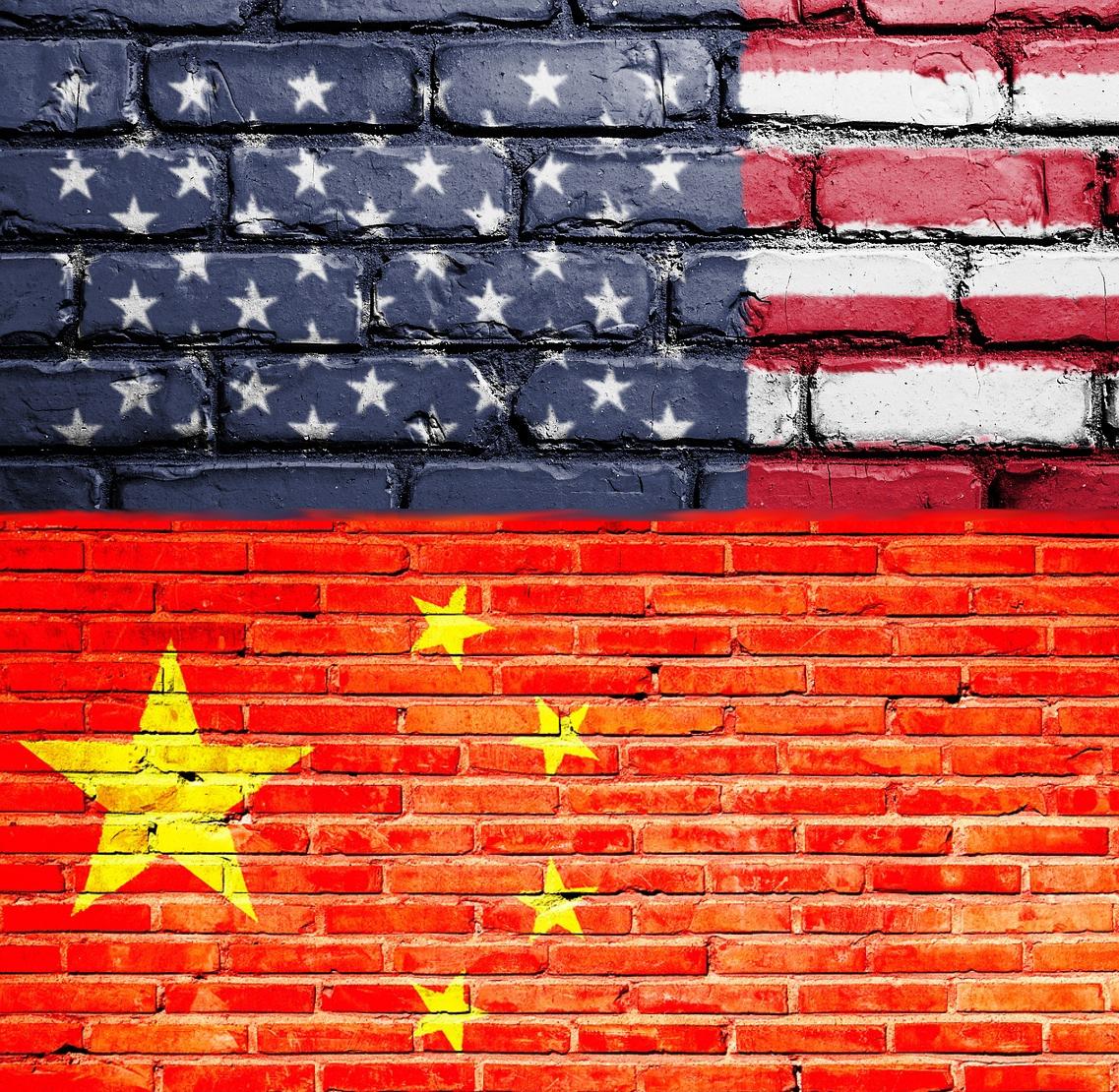US – China trade war – Soybeans and LNG

I have avoided writing about the looming US – China trade war mostly due to its complexity and continuously changing situations. However now the topic is so relevant it can hardly be ignored anymore. Here are some of my own thoughts about the trade war and its implications.
It is often said nothing unites people as well as a common enemy. It almost seems like USA has found that enemy. China. Rhetoric from the White House has been strong. USA simply hasn’t been able to keep up with Chinese development. China has developed rapidly and is already able to produce fully capable commercial airliners. Comac C919 is supposed to be commercialized in 2021. Cars, drones, mobile phones are as good as their western counterparts. Branding and marketing has been targeted to Chinese market and brands like OnePlus or Oppo do not ring bells to many foreigners. Major obstacle on Chinese products has been on privacy issues. ZTE and Huawei were hit hard by American authorities on spying concerns.
This is all I am willing to speculate about the reasoning behind the trade war, but China and US have been actively introducing and increasing tariffs on each other’s products aiming to boost their national economies. At the same time shipping companies are left hanging. Especially those engaged on transpacific box trade are hit hardest. High price of bunkers and chronic overcapacity. Add trade war and we see no happy faces.
China has been hitting on Soybean trade from the US. China is the largest importer of US soybeans (ahead of Mexico and the Netherlands) buying roughly twice that Mexico and 4x that of the Netherlands. Accordingly, China has a lot of demand for soybeans which are imported almost solely from Brazil and US. Lucky day for Brazilian farmers? Governmental grants for Chinese soy farmers?
When US was implementing the tariffs for Chinese imports, they got so aggressive they hit EU, too. Steel, aluminum, cars and car parts. American car industry has been on freefall for a long time. German, Korean and Japanese makers are already far ahead. Chinese car manufacturers are closing in fast – the final blow? General Motors or Great Wall Motors?
President Trump and EU Commission president Juncker met in the end of July and discussions on removing trade tariffs were high on the agenda. EU agreed to buy more soy and LNG from the USA. LNG imports from US has been growing rapidly since 2016. South-Korea, Mexico, China all buy extensive amounts of LNG. Until China hit the tariffs, that is.
Now Americans are hoping EU to step in and import what China used to import. Relief the pain. Hard to see that happening. EU is in no way capable on importing soy and LNG like China is. Juncker promised to build more LNG terminals ready to receive LNG from US. At least some relief.
Ironically, China seems to have been a step ahead with One Belt-One Road initiative connecting new markets to its railway and sea transport networks. More opportunities for Chinese exporters to recover from losses on American market. US has been an important market for Chinese products, that cannot be denied, but OBOR will make the divorce easier as alternative destinations should be available easier. United States seems to lack this type of Plan B. Latin America is seen as developing region without real potential of being alternative to Chinese customers, and EU has been cornered with tariffs and USA exiting from the Iran nuclear deal despite EU’s interests.
